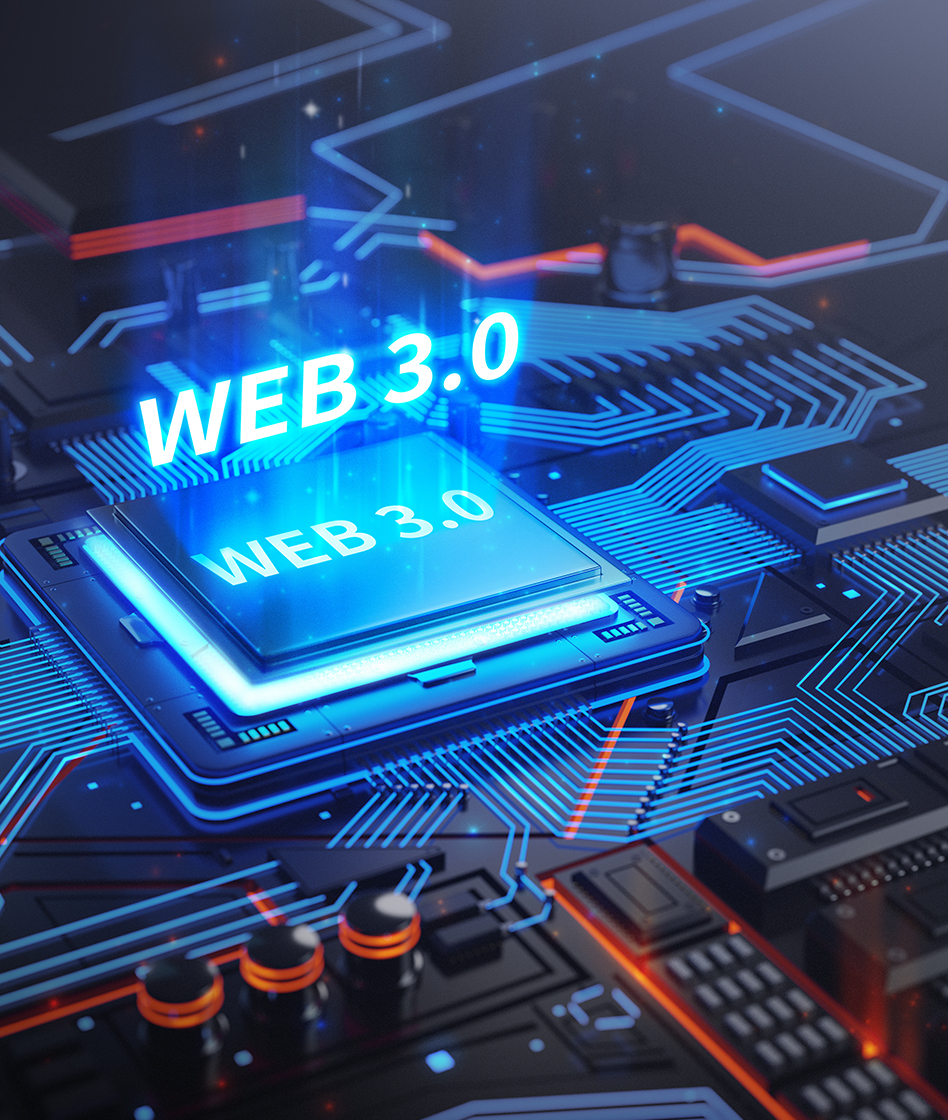Web 3.0 Meaning
Web 3.0 Examples – Web 3.0 Features
Definition of Web 3.0
As we venture into the next evolution of the internet, the term “Web 3.0” may sound like a futuristic concept, but it is rapidly becoming our present. Web 3.0, often referred to as the “Semantic Web,” represents the third phase of internet evolution, focusing on creating a decentralized and more intelligent web ecosystem. Unlike its predecessors, Web 3.0 aims to empower users by giving them more control over their data and online interactions through the use of advanced technologies such as blockchain and artificial intelligence.
Features of Web 3.0
Web 3.0 is characterized by several distinctive features:
- Decentralization: Power is redistributed from central authorities to individual users, fostering a more equitable web environment.
- Semantic Web: Data is structured to be easily understood by machines, enabling smarter search and more efficient data processing.
- Artificial Intelligence: Incorporates AI to enhance user experience through personalized recommendations and intelligent virtual assistants.
- Interoperability: Enables seamless data exchange across various platforms and applications without compatibility issues.
- Ubiquity: Emphasizes connectivity, making the web accessible through diverse devices and platforms.
Evolution of the Internet to Web 3.0
The internet’s journey to Web 3.0 marks a significant transformation from its humble beginnings. Web 1.0 was the era of static web pages, where users were mere consumers of content. Web 2.0 brought about dynamic, user-generated content and social media interactions, elevating user engagement to new heights. Now, Web 3.0 is taking us towards a more decentralized, user-centric internet, where data and services are distributed across various nodes in a network rather than centralized servers.
Technologies Driving Web 3.0
Several key technologies are propelling us into the Web 3.0 era:
- Blockchain: Provides a decentralized ledger system that ensures transparency, security, and trustless transactions.
- Smart Contracts: Automate agreements without the need for intermediaries, reducing friction in digital transactions.
- Decentralized Applications (dApps): Applications that operate on a peer-to-peer network, enhancing user autonomy and control.
- Artificial Intelligence and Machine Learning: Enable more personalized and context-aware web interactions.
Differences between Web 2.0 and Web 3.0
While Web 2.0 revolutionized interactivity and collaboration, Web 3.0 takes these concepts further by decentralizing network control and emphasizing user sovereignty. Unlike the centralization of data prevalent in Web 2.0, Web 3.0 empowers individuals by returning control over their data and digital identities through blockchain technology. Additionally, Web 3.0’s emphasis on interoperability ensures seamless experiences across different platforms and services.
Impact of Web 3.0 on Businesses
The shift to Web 3.0 presents both opportunities and challenges for businesses. Companies that embrace this new paradigm can benefit from enhanced data security, efficient supply chain management, and innovative ways to engage with customers through personalized experiences and decentralized platforms. However, businesses must also adapt to new regulatory landscapes and invest in educating their workforce about these emerging technologies.
Challenges and Concerns Related to Web 3.0 Adoption
Despite its promising potential, the widespread adoption of Web 3.0 is not without hurdles. Concerns include:
- Scalability: Managing large-scale adoption without compromising performance or user experience remains a challenge.
- Regulatory Uncertainty: Navigating the shifting regulatory frameworks for decentralized systems can be complex.
- Privacy and Security: Ensuring data privacy and security while guaranteeing seamless user experiences is crucial.
- User Education: Educating the public on the benefits and workings of Web 3.0 technologies is essential for widespread adoption.
Potential Applications of Web 3.0
Web 3.0 opens up a plethora of potential applications across various sectors:
- Finance: Decentralized finance (DeFi) allows for secured and trustless financial transactions and services.
- Healthcare: Improved data sharing for personalized medicine and efficient patient management.
- Supply Chain: Enhanced transparency and efficiency in tracking goods and services.
- Entertainment: Decentralized platforms for content distribution and consumption.
- Real Estate: Simplified property transactions through smart contracts.
Future Outlook for Web 3.0
As we look to the future, Web 3.0 promises to reshape the digital landscape significantly. With its focus on decentralization and user empowerment, it positions itself as a pivotal force in creating a more equitable and open internet. In this evolving ecosystem, #HashtagSpace provides a pathway to embrace Web 3.0 by offering decentralized web solutions, enabling users and businesses to navigate this transformative era confidently. By reserving your #hashtag and joining our community, you pave the way for a robust online presence in a decentralized world, unlocking new opportunities for growth and innovation.


